When we talk about rivers, we’re not just talking about bodies of water. Rivers are ancient highways that have witnessed the rise and fall of empires, the spread of cultures, and the unfolding of ecosystems as they meander across continents. From the mighty Nile in Africa to the Amazon’s wild twists through South America, these rivers are nothing short of magnificent. Today, TravelersNetwork invites you on a journey through the longest rivers on the planet, where we’ll explore their origins, understand their importance, and feel the thrill of nature’s boundless flow!
1. The Nile: Africa’s Legendary Lifeblood
The Nile River is often celebrated as the longest river in the world, stretching about 4,135 miles (6,650 kilometers). Rising from the East African mountains, it flows northward through eleven countries before merging with the Mediterranean Sea in Egypt. Its two primary tributaries, the White Nile and the Blue Nile, converge in Sudan, where their waters mix to form this ancient waterway.
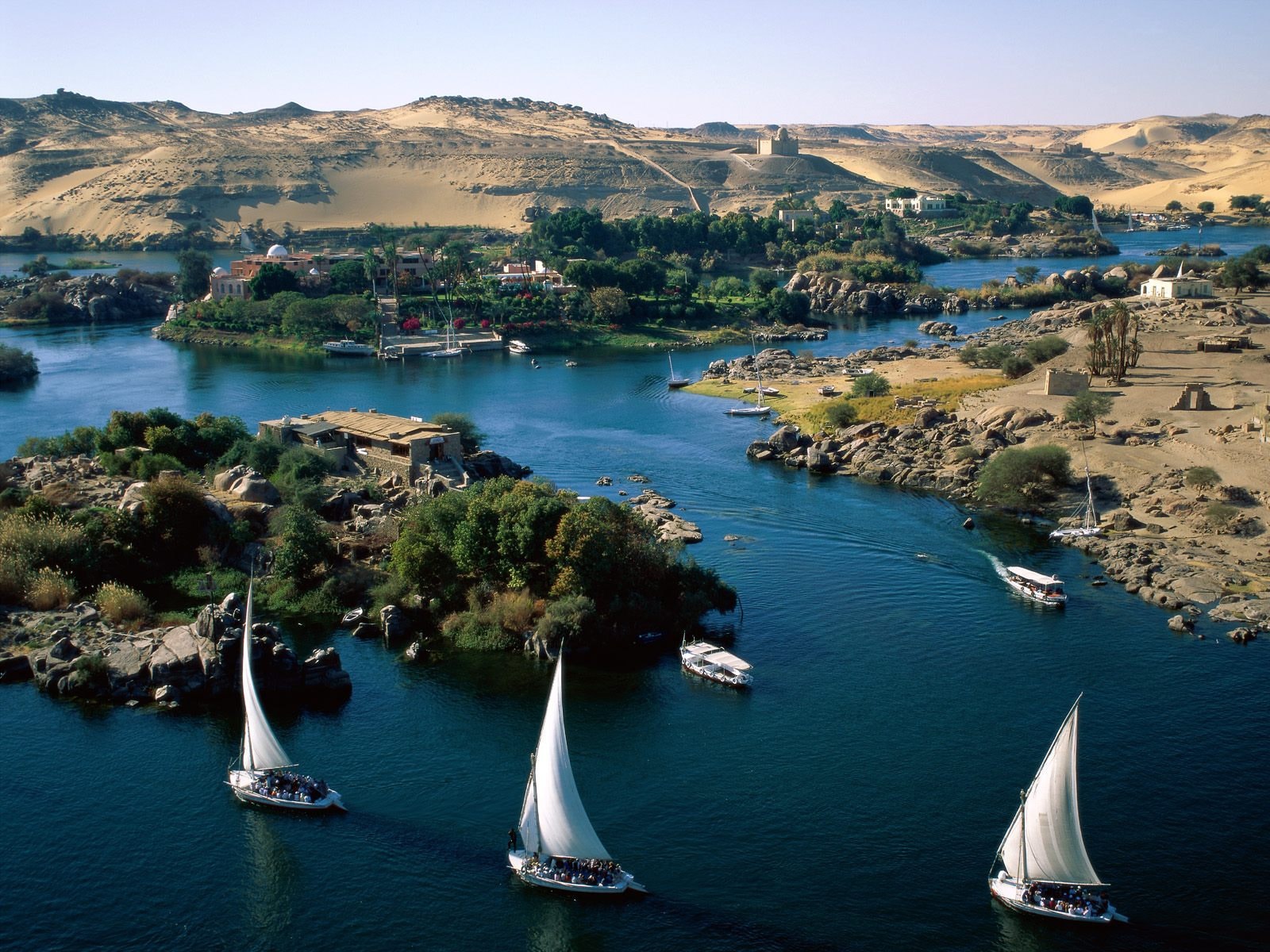
For millennia, the Nile was more than just a river; it was the lifeline of Egyptian civilization. It provided fertile lands along its banks for farming, made transportation possible in ancient times, and became the cradle of some of humanity’s earliest innovations. And even today, this river remains crucial, supplying nearly 90% of Egypt’s water.
2. The Amazon: South America’s Jungle Giant
With over 4,000 miles (6,400 kilometers) of wild and winding waters, the Amazon River competes closely with the Nile for the title of the world’s longest river. It originates in the Andes Mountains and flows eastward across South America, emptying into the Atlantic Ocean. Unlike the Nile, the Amazon is an untamed force, hosting one of the most biodiverse regions on Earth: the Amazon Rainforest.
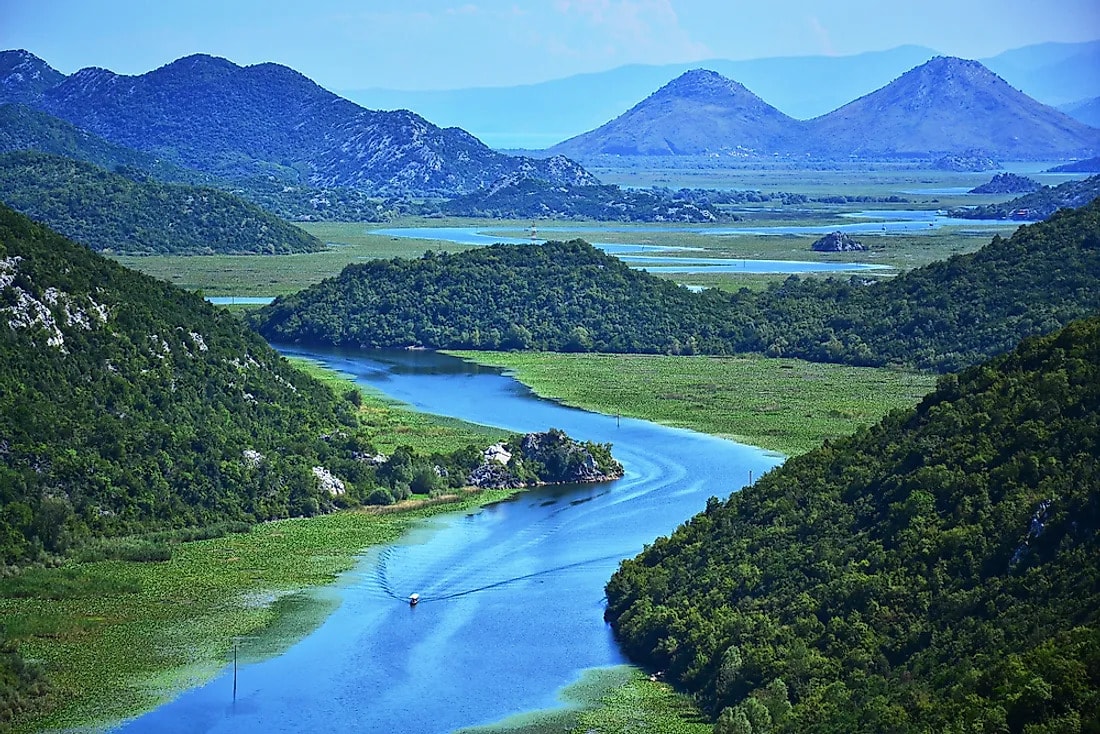
The Amazon isn’t just a river; it’s the heart of the planet’s lungs. The forest and river work in tandem, creating a habitat for countless species, from piranhas and pink dolphins to jaguars and caimans. It’s a paradise for travelers, scientists, and adventurers alike.
3. The Yangtze: China’s Mighty Dragon
The Yangtze River, Asia’s longest river, flows for 3,917 miles (6,300 kilometers) across China, from the Tibetan Plateau in the west to the East China Sea in Shanghai. Known locally as “Chang Jiang” (Long River), the Yangtze has been the cradle of Chinese civilization, feeding dynasties, cultures, and cities for thousands of years.
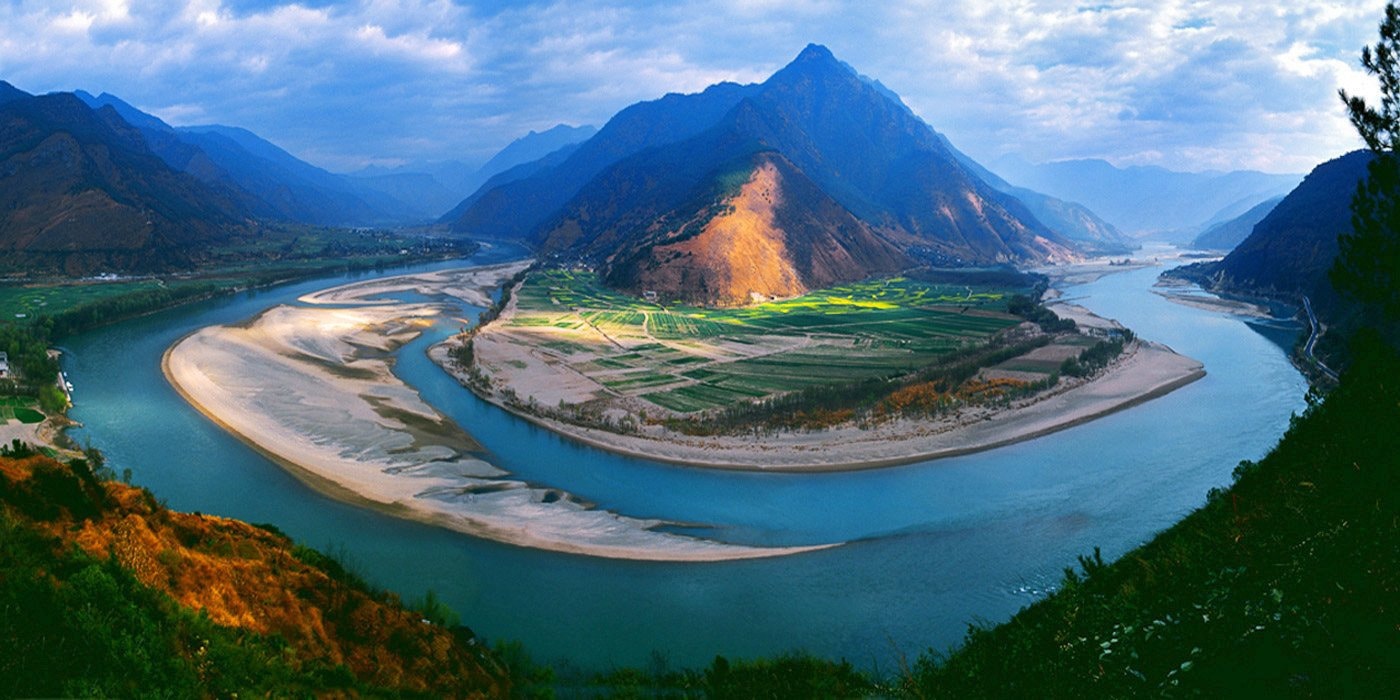
The Three Gorges Dam, one of the most ambitious infrastructure projects, harnesses the Yangtze’s power for hydroelectricity, underscoring the river’s critical role in modern China. The Yangtze remains vital to the nation’s economy, environment, and heritage.
4. The Mississippi-Missouri River System: America’s Artery
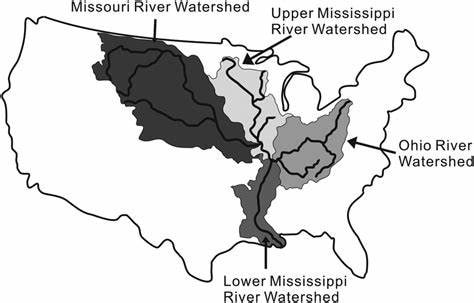
The Mississippi-Missouri River System, with a combined length of about 3,902 miles (6,275 kilometers), is the longest river system in North America. Starting in the Rockies, this network of rivers flows through the heart of the United States, emptying into the Gulf of Mexico. Historically, it was an essential route for Native American cultures, early explorers, and settlers moving westward.
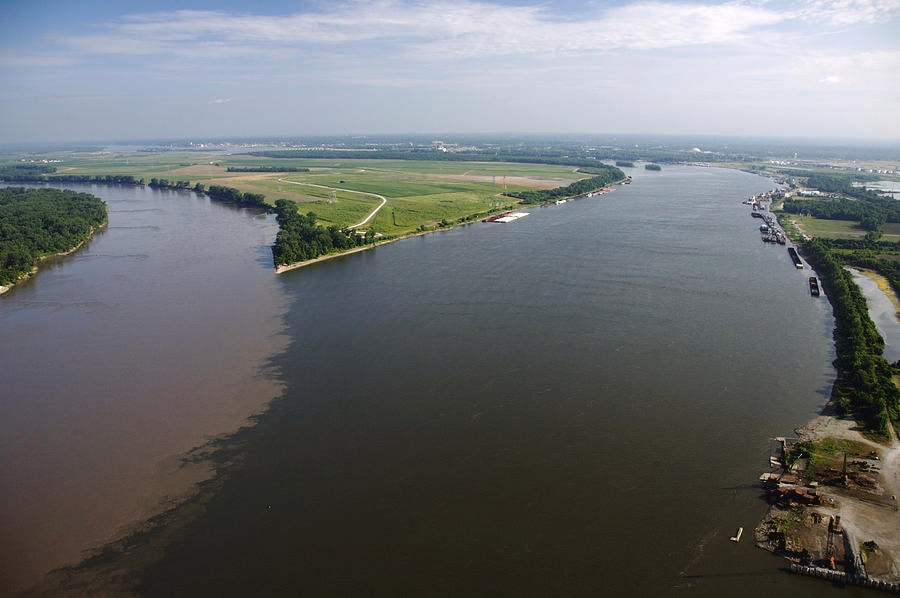
This river system supports an immense agricultural industry and provides a vital route for transporting goods across the country. Its wetlands are essential for local wildlife and act as natural flood barriers, showcasing the river’s ecological significance.
5. The Yenisei-Angara-Lake Baikal System: Russia’s Frozen Wonder
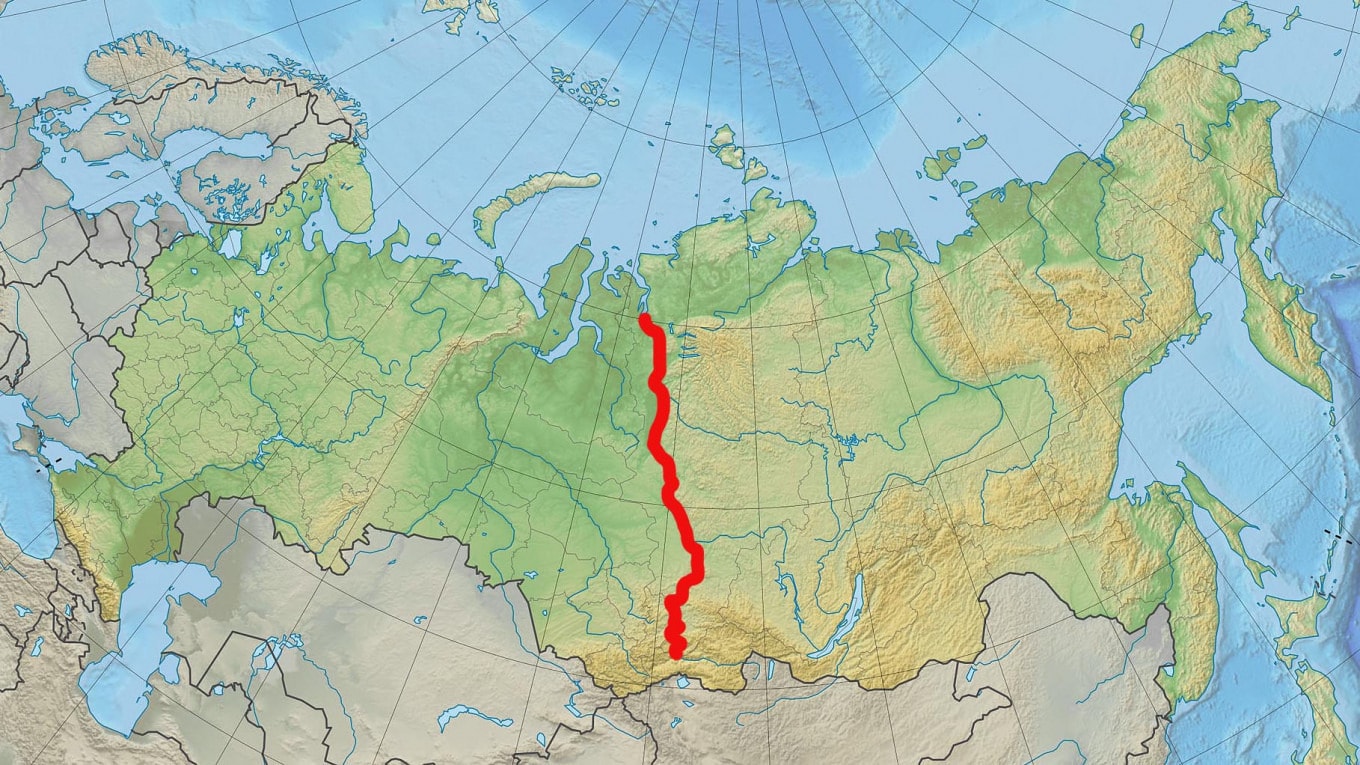
The Yenisei-Angara River System, stretching 3,442 miles (5,539 kilometers), flows through Siberia and is one of the longest river systems in Asia. Originating from Mongolia’s Sayan Mountains, it journeys northward through Russia’s heart before spilling into the Arctic Ocean. Passing through Lake Baikal, the world’s deepest freshwater lake, this river system holds massive volumes of water and endures some of the most extreme winters on Earth.
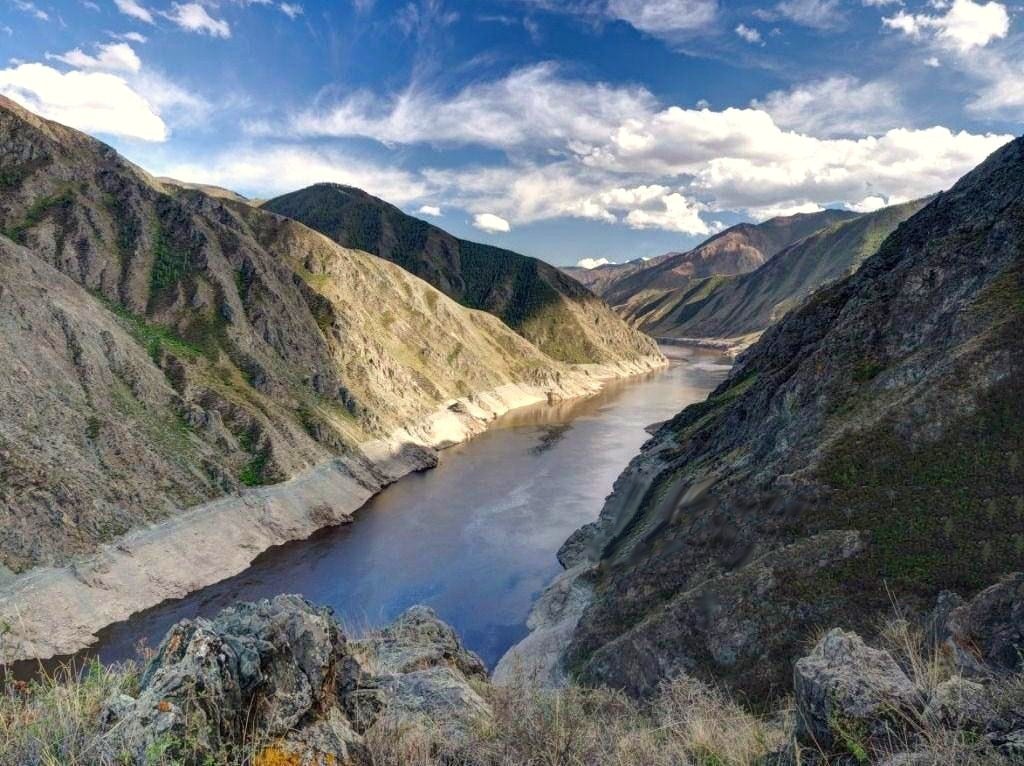
This river system holds significance for both the ecological systems it supports and the local communities that depend on it for transportation and sustenance in harsh climates.
6. The Ob-Irtysh River System: A Flow through Siberia’s Frozen Wilderness
The Ob-Irtysh River System is a little-known titan stretching over 5,410 kilometers (3,364 miles), making it one of the longest river systems in the world. Beginning in the icy highlands of the Altai Mountains in Mongolia and flowing across Siberia, the Ob merges with the Irtysh River to create a sprawling waterway that carves through some of the world’s most remote landscapes.
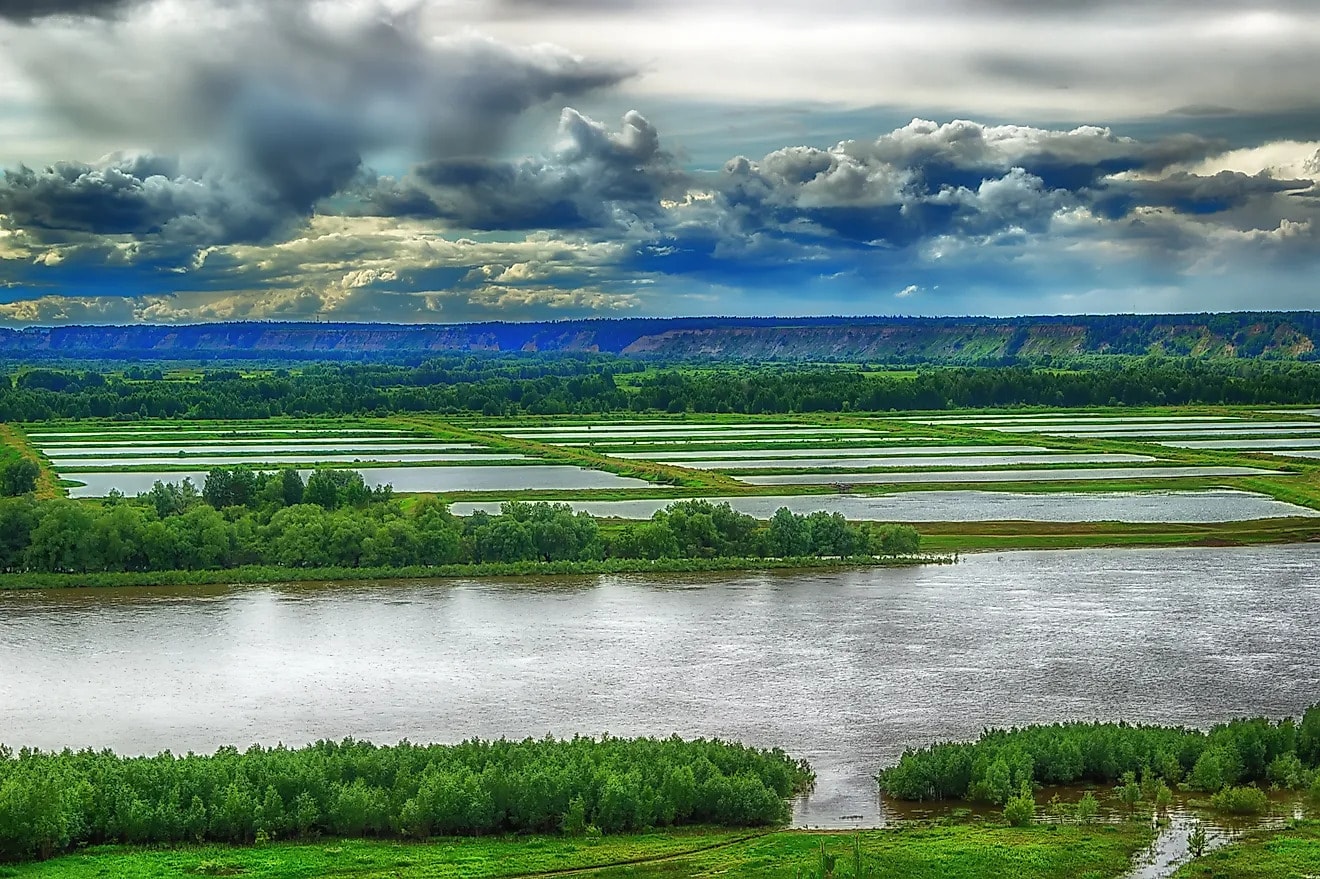
The Ob-Irtysh is not only an impressive feat of nature; it’s also the lifeblood of Siberia. The river system serves as a primary water source for cities like Novosibirsk, Russia’s third-largest city, and is critical for regional industry and agriculture. Despite the harsh climates, the basin is surprisingly fertile, supporting diverse wildlife, including migratory birds, fish, and some of Siberia’s rarest mammals. For those who dream of exploring rugged wilderness and seeing Siberia’s stark beauty, the Ob-Irtysh should be at the top of the list.
7. The Paraná River: South America’s Powerhouse
The Paraná River, stretching 4,880 kilometers (3,032 miles), may not be as lengthy as the Amazon, but its presence in South America is monumental. Originating in Brazil, the Paraná flows southward, winding through Paraguay and Argentina before finally joining the Río de la Plata and emptying into the Atlantic Ocean.
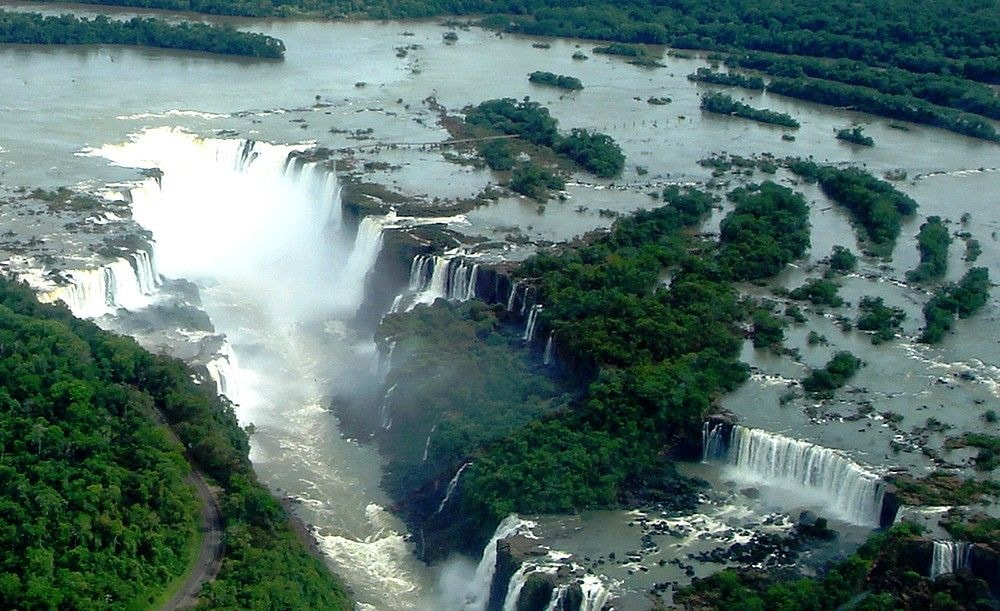
For centuries, the Paraná River has been integral to the economies and communities along its banks. Today, it’s a central artery for hydroelectric power, providing energy through massive projects like the Itaipu Dam, one of the largest in the world. For travelers, the Paraná offers a mix of natural wonders, including the Iguazu Falls—one of the most breathtaking waterfall systems globally, straddling the Brazil-Argentina border.
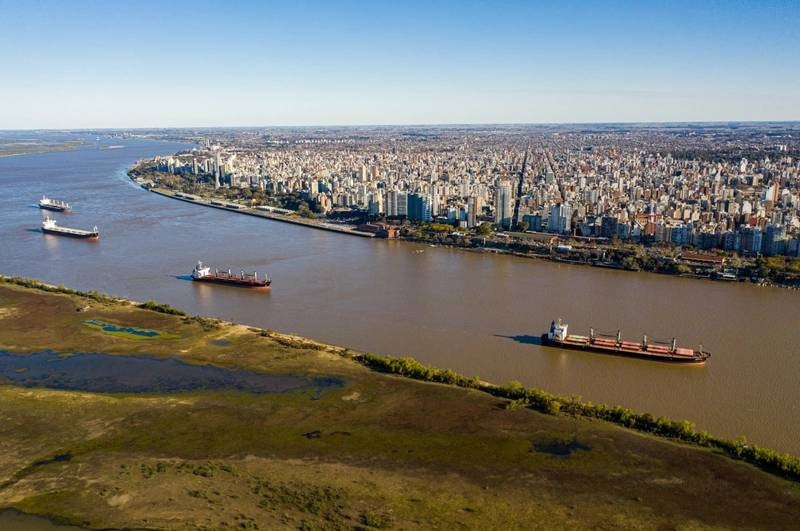
What makes the Paraná fascinating is its contrasting landscapes—from dense rainforests in the north to open plains in the south. It’s a journey through ecosystems, each with unique flora and fauna, offering unforgettable experiences like wildlife watching, fishing, and even cruises that showcase the river’s beauty.
8. The Congo River: Africa’s Deep and Mysterious Waterway
The Congo River is a truly powerful force, running 4,700 kilometers (2,920 miles) across the African continent and holding the title of world’s deepest river, reaching depths of over 220 meters (720 feet). Beginning in the highlands of the East African Rift, it winds through dense jungles, crossing the heart of Central Africa and supporting one of the world’s most biodiverse rainforests.
This river offers a truly unique experience for intrepid travelers. It’s a world of lush jungles, remote villages, and a diverse range of wildlife that includes everything from pygmy hippos to elusive gorillas. For those drawn to mysterious, off-the-beaten-path destinations, the Congo is ideal, with stories of local culture and ancient traditions interwoven along its winding path.
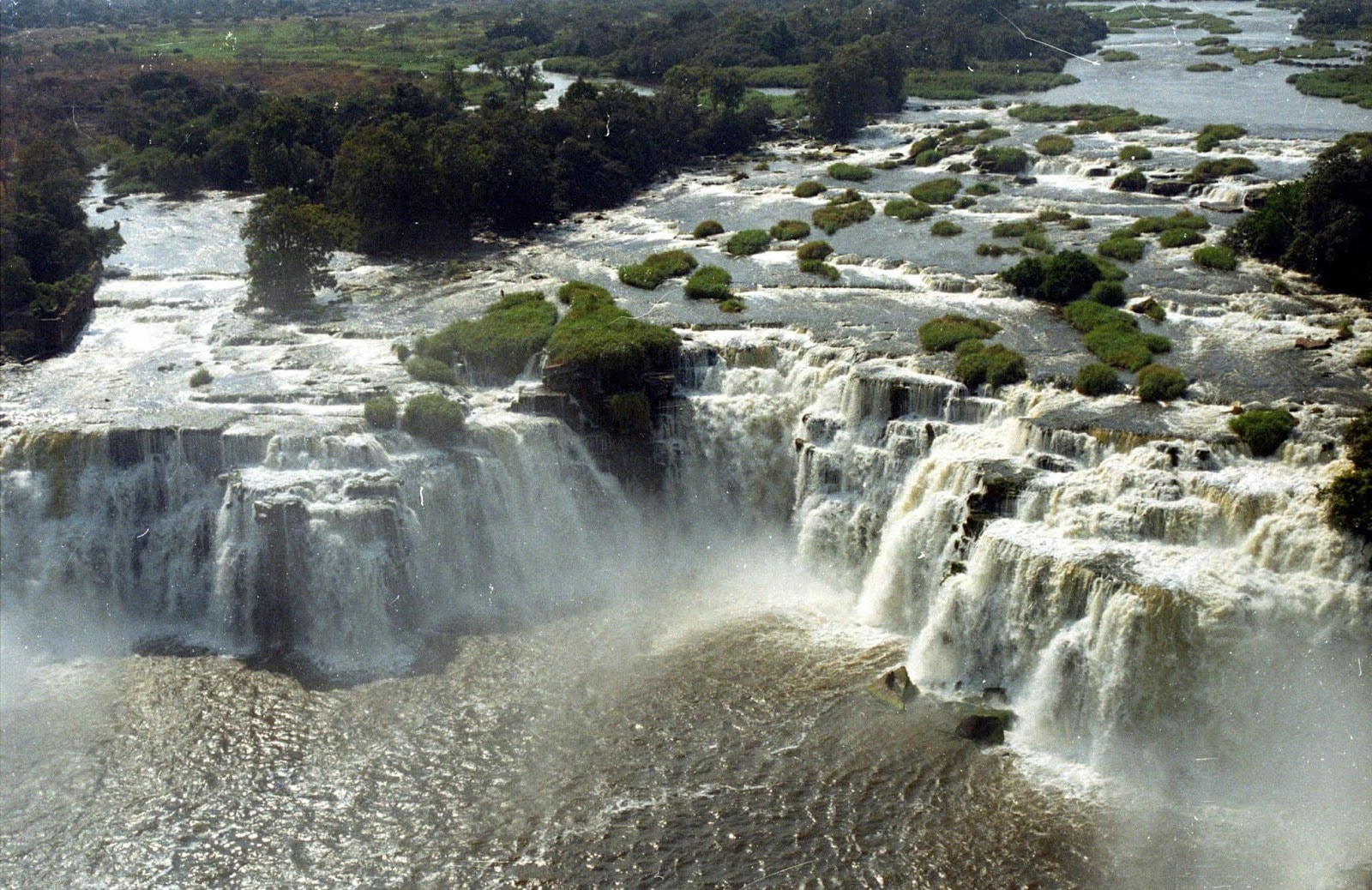
As one of the largest river systems in the world, the Congo is essential to the millions of people who rely on its waters for transportation, fishing, and trade. Its historical significance is equally rich, with tales of exploration, colonial intrigue, and adventure, making it a perfect destination for those seeking both natural beauty and a sense of history.
9. The Amur River: Asia’s Boundary Between Russia and China
Flowing 4,444 kilometers (2,763 miles), the Amur River may be lesser known but holds unique significance as it forms a natural border between Russia and China. The Amur River starts in the mountains of northeastern China and Siberia, marking a boundary line that has influenced both geography and politics for centuries.
The Amur River’s location between two major cultures has made it a melting pot of Russian, Chinese, and indigenous influences. In this region, you can find fascinating blends of architecture, food, and traditions, making it an intriguing journey for any traveler interested in cultural diversity.
The river’s basin is home to some of the world’s rarest species, like the Siberian tiger and the Amur leopard. Ecotourists are drawn to the Amur region to witness the pristine wilderness and discover wildlife rarely seen anywhere else. With wetlands, forests, and mountain ranges, the Amur is a haven for birdwatchers and nature enthusiasts.
10. The Lena River: Siberia’s Isolated Beauty
At 4,400 kilometers (2,736 miles), the Lena River is Siberia’s hidden gem, winding its way through some of the most remote and untouched landscapes on Earth. Starting in the Baikal Mountains, the Lena flows northward across the Siberian Plateau, eventually emptying into the Arctic Ocean.
The Lena River offers one of the most pristine adventures a traveler could hope for. It’s an incredible voyage through isolated tundra and taiga forests, where one can experience true wilderness. For those daring enough to explore its banks, the Lena presents otherworldly sights, such as the Lena Pillars—a UNESCO World Heritage site featuring unique rock formations towering along the river.
The Lena is known for its freezing temperatures, with winter bringing about an ice cover that lasts for nearly seven months of the year. Yet, in the short Siberian summer, the river is navigable, and a few cruises allow adventurous travelers to witness this remote beauty.
The Wonders of the World’s Longest Rivers
These rivers are much more than just water flowing through landscapes; they are life-giving forces, natural highways, and crucial ecosystems. Through them, we see the power of nature at its most awe-inspiring, the resilience of local communities, and the interconnectedness of life.
At TravelersNetwork, we believe that these rivers are worth protecting, visiting, and celebrating. As travelers, there’s no better way to appreciate the beauty of our planet than by exploring these waterways and understanding the role they play. Whether you’re cruising down the Nile, exploring the Amazonian rainforest, or standing in awe beside the Yangtze, remember that you’re experiencing nature’s most incredible creations—the rivers that have shaped and continue to sustain our world.
Rivers are more than just lines on a map—they are nature’s lifelines, continuously carving, nourishing, and connecting everything in their path. So pack your bags, grab your adventurous spirit, and set sail with TravelersNetwork. The world’s longest rivers await, each one ready to reveal stories that have been flowing for thousands of years!

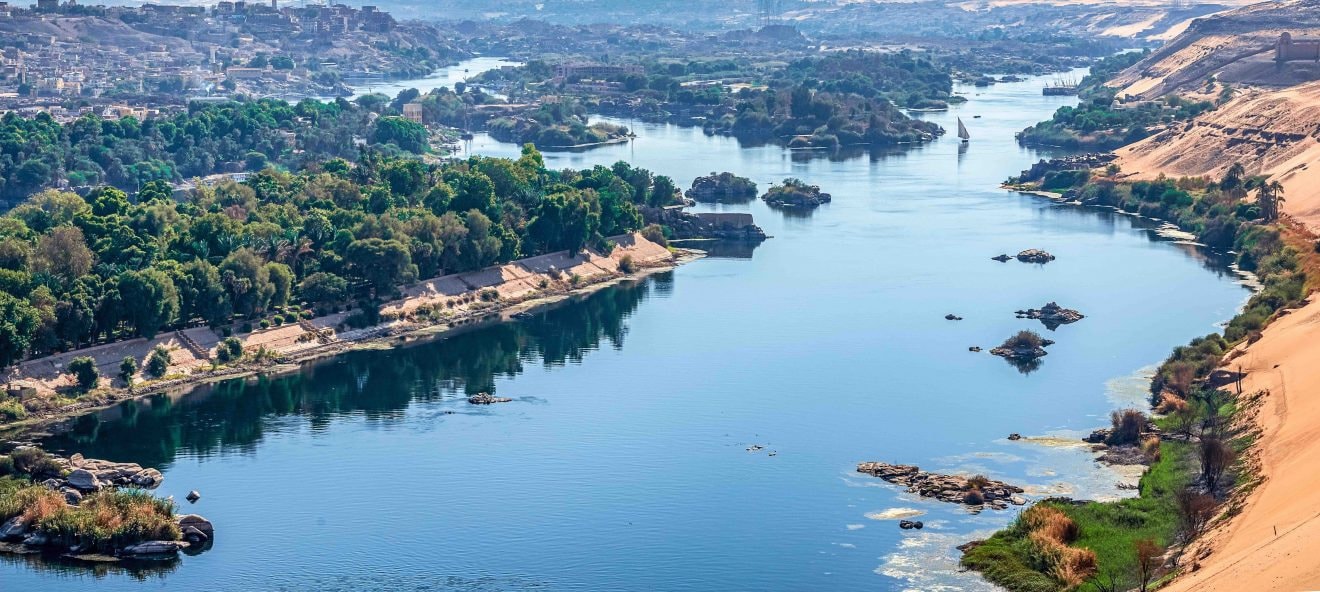
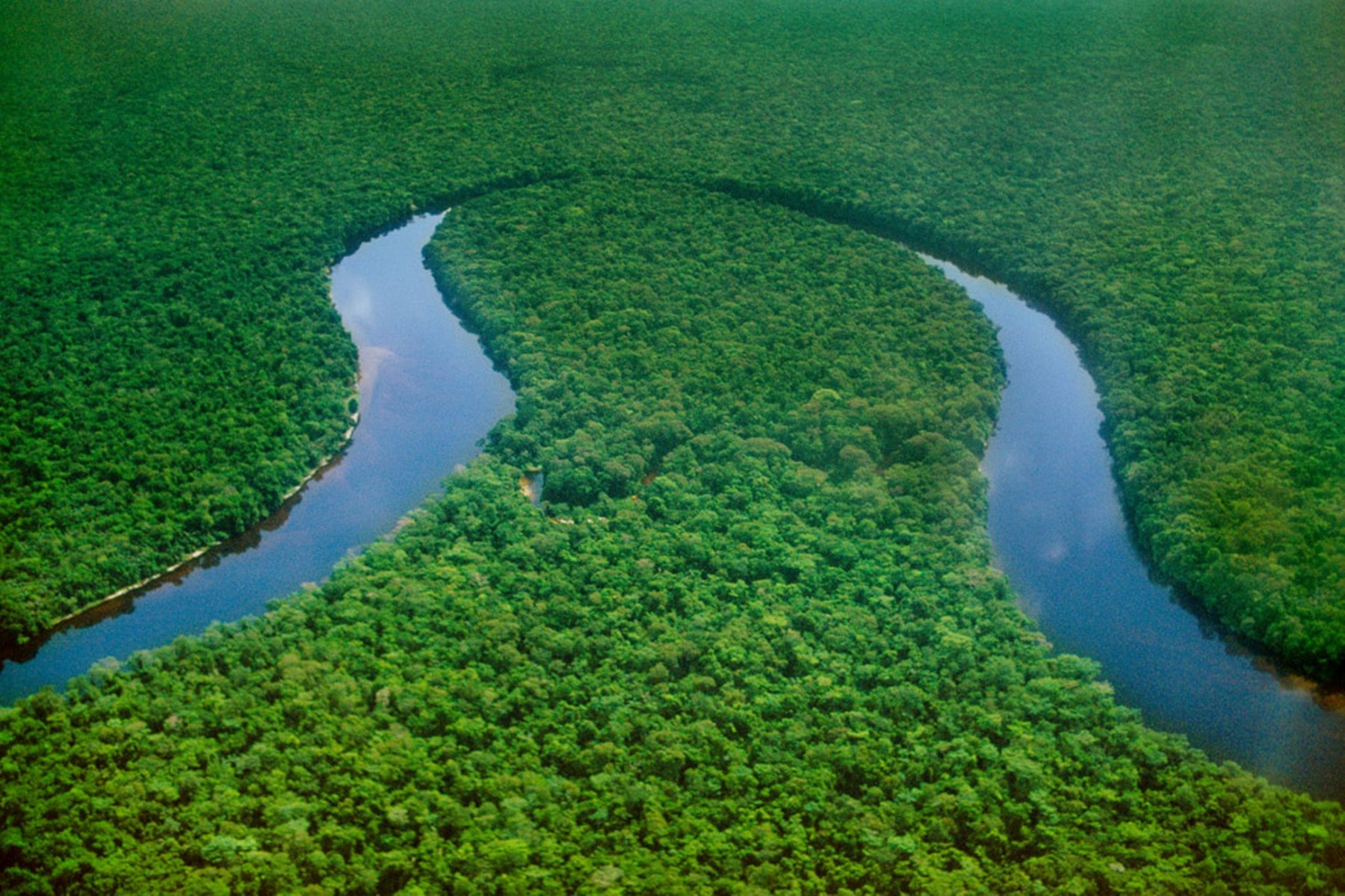
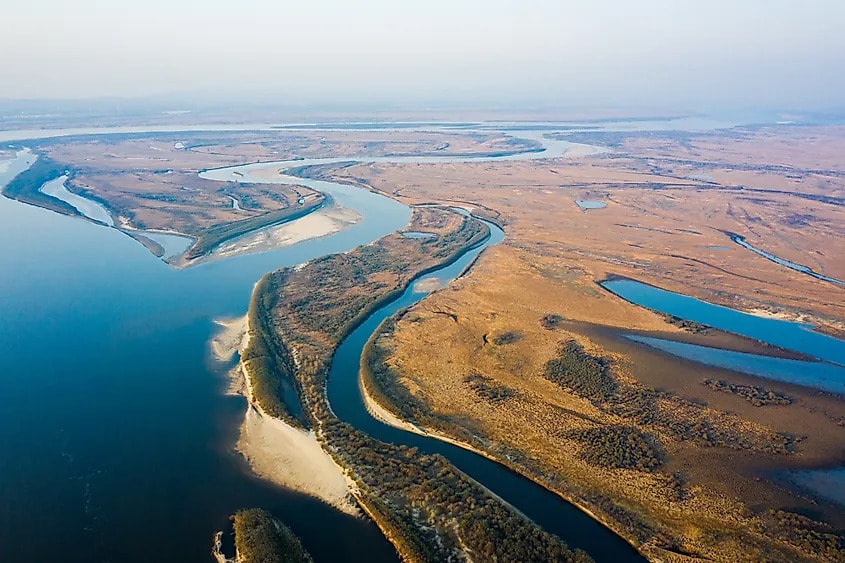
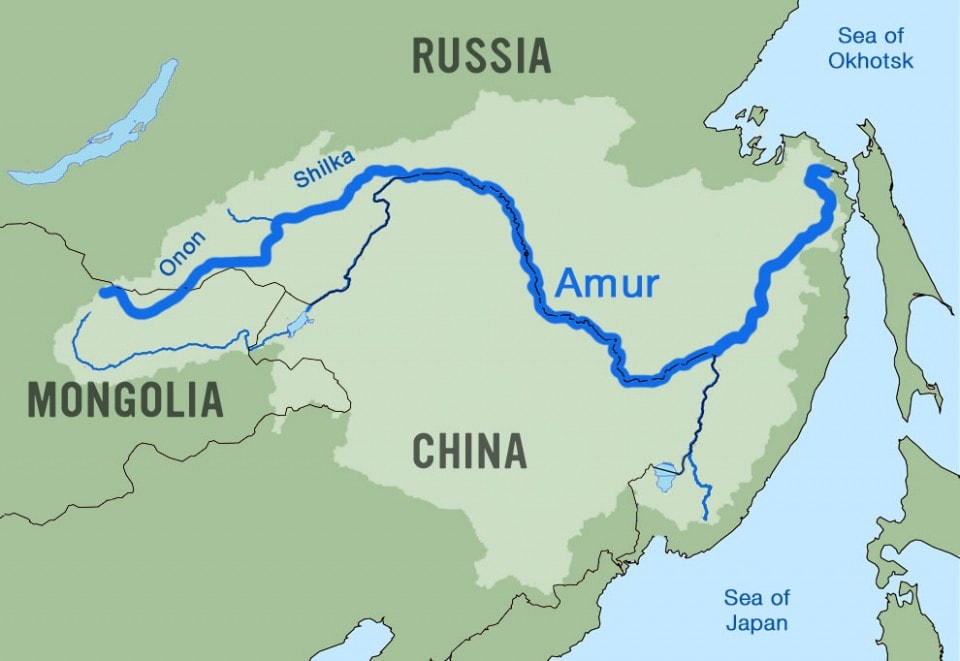
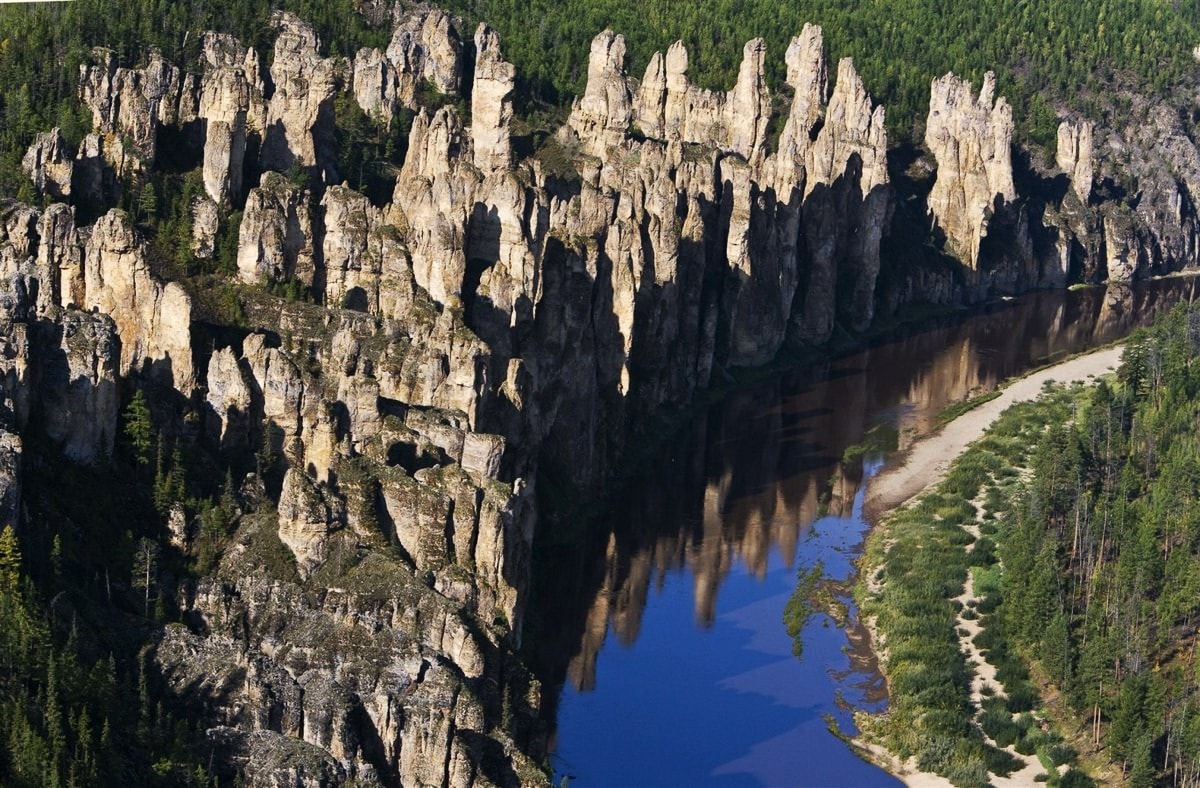
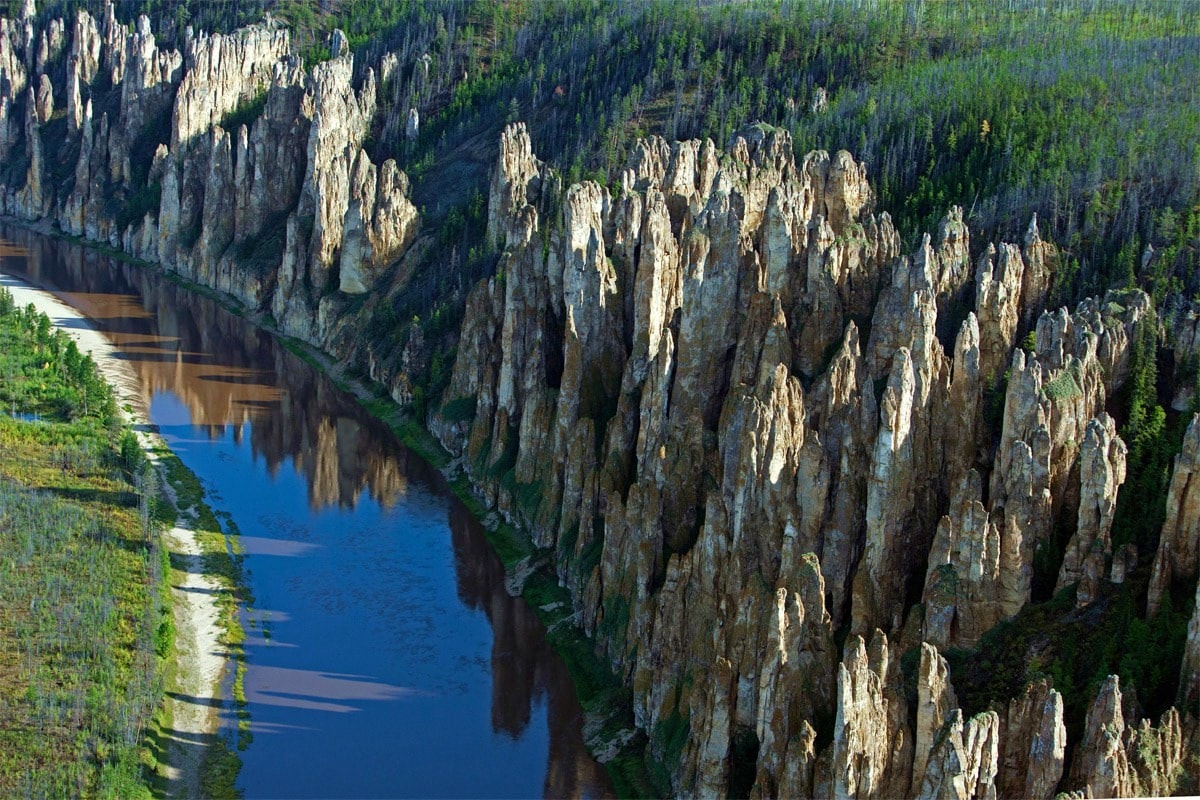




Leave a Reply